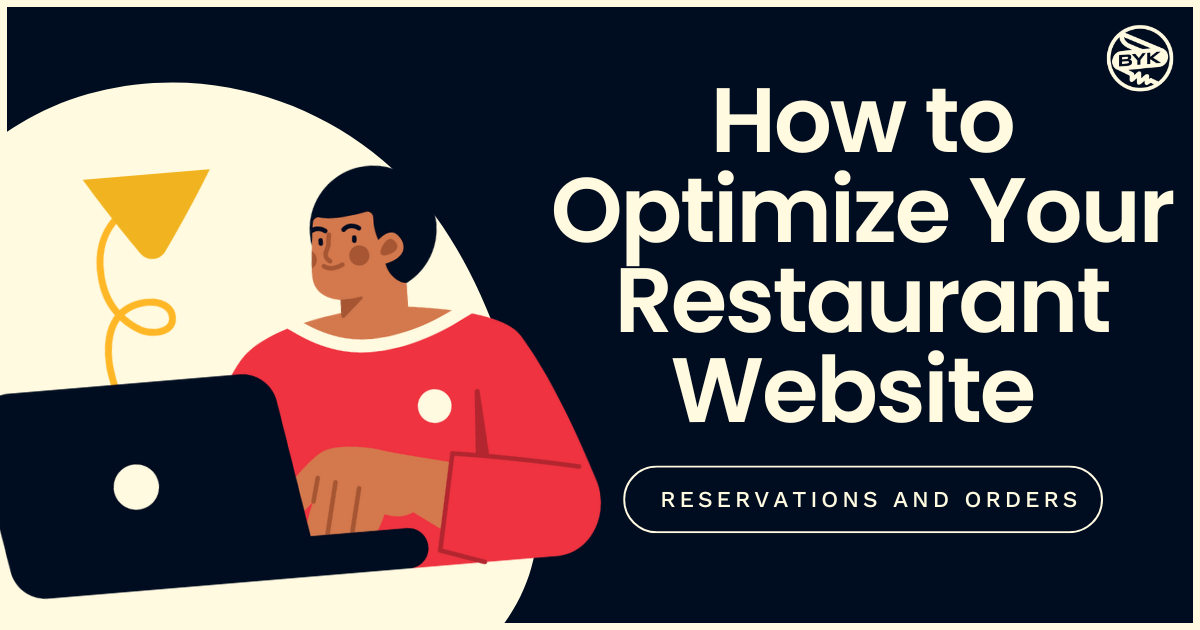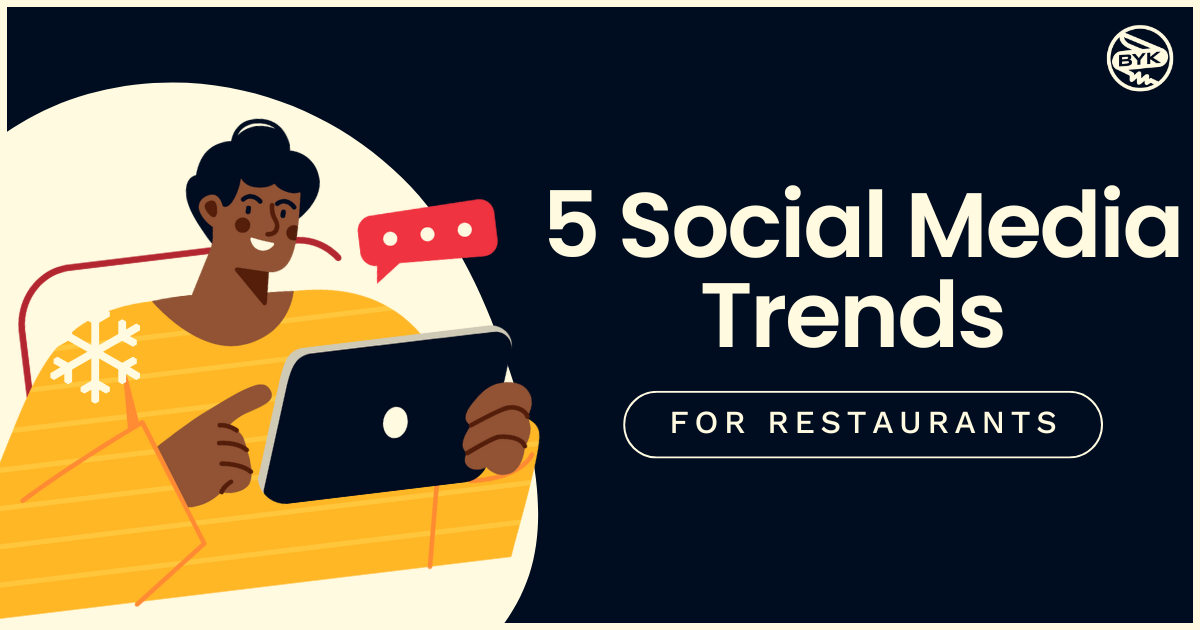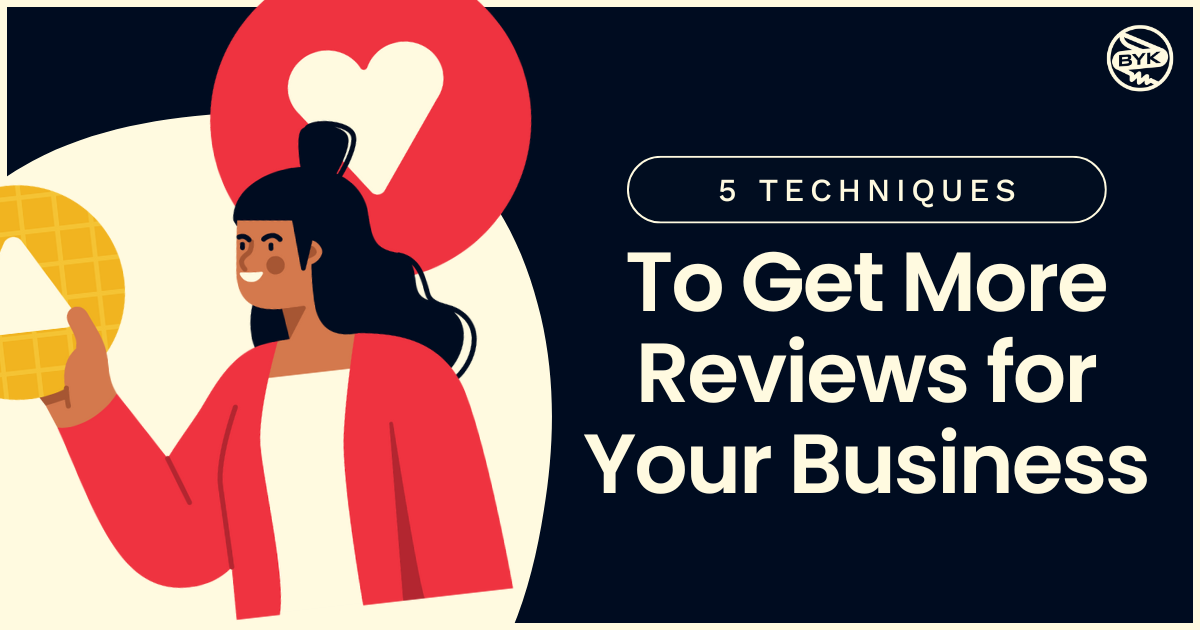Facebook and Instagram are the two social media powerhouses, especially when it comes to social media marketing. Other sites and platforms can be important too, but these two reign supreme. And while they are similar in many ways, your strategy for Instagram and Facebook should not be exactly the same. We’re walking through some of the key differences between the two platforms, and what that means for your marketing strategy for each.
Demographics
One of the most obvious and important differences between Facebook and Instagram is the demographics of their users, particularly age. The average Facebook user is older than the average Instagram user: Facebook is dominated by Baby Boomers and Gen X, while Instagram caters to Millennials and Gen Z.
It is essential to note this difference when crafting your social media marketing plans. Each generation responds differently to different marketing techniques. Millenials and Gen Z followers are more likely as a whole to understand memes and pop culture references, while other posts will prove to be more effective for the older generations. Be aware of the age of your followers on each platform, and adjust your approach accordingly.
Pictures and Text
Facebook and Instagram differ not only in who primarily uses each, but also how content is consumed on each site. Instagram has more of an aesthetic focus, with photos and videos as the stars of the show. Images are important on Facebook too, but it is also a better platform for text posts and long messages. Lots of users just scroll through Instagram, glancing at the pictures, double tapping, and scrolling on. In contrast, users on Facebook don’t tend to be scrolling as quickly and are more likely to read captions.
If you have posts that include a lot of information, be aware of the best way to convey that info on each channel. On Facebook, you can include it all in a text post, or the caption of an eye-catching picture. On Instagram, you may want to include the information in the image itself so that viewers are more likely to see it.
Links
Another important distinction between Facebook and Instagram posts is the role links play. You can directly link to an external site in posts on Facebook, but not on Instagram. However, on Instagram, you can tag products in your photos to be shopped. Both can be helpful in directing people to your website or online store, but need to be employed slightly differently.
This is especially important to pay attention to when you are writing your content for the two sites. If you like to cross-post the same content on both platforms, be sure to make the small changes needed to make the copy relevant to each site. For instance, remove any direct hyperlinks from the posts going up on Instagram. Add in phrases like “click the link in bio to shop now” or “Shop the products in this photo now”. Paying attention to these minor details can optimize your content best on each platform. Although (or maybe because) the two platforms are different, a strong presence on both sites is important for your brand. You will target a slightly different subset of customers on each, so staying at the top of your game on both sites will help win you more sales. The differences above, from subtle to glaring, will all help you best optimize your performance on Facebook and Instagram.




